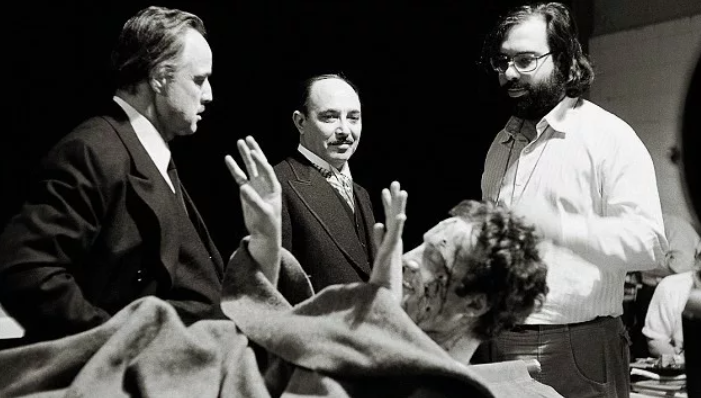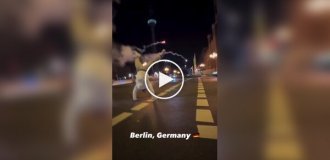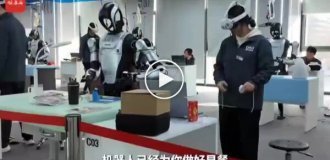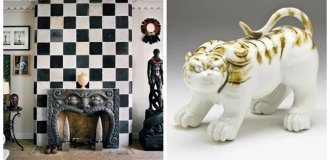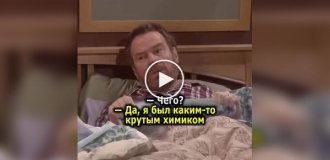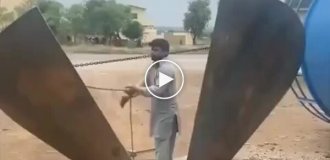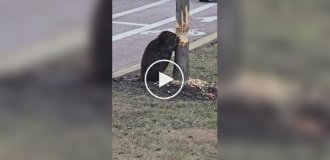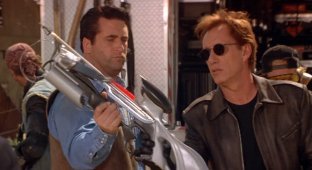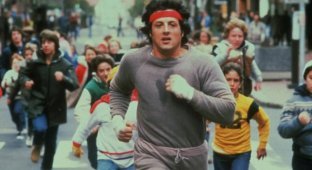How the cult film "The Godfather" was filmed: footage from filming and 23 interesting facts about the film (31 photos + 1 video)
I think I'm not lying if I say that the film "The Godfather" (1972) by Francis Ford Coppola is the best picture about the mafia that has ever been released. A great plot, excellent direction, wonderful acting - this is just a small part of what you can love about this film. 
1. Surely, you know that the film “The Godfather” was based on the novel of the same name by Italian writer Mario Puzo, but not everyone knows that this novel was written to pay off a gambling debt.
At one time, Mario Puzo was mired in gambling debts. Having learned about this, the vice president of Paramount, Robert Evans, offered him 80 thousand dollars if he would write a book about the Mafia and transfer the rights to the film adaptation of this book to the studio. Naturally, Mario agreed to such a generous offer, which in his position was simply impossible to refuse. 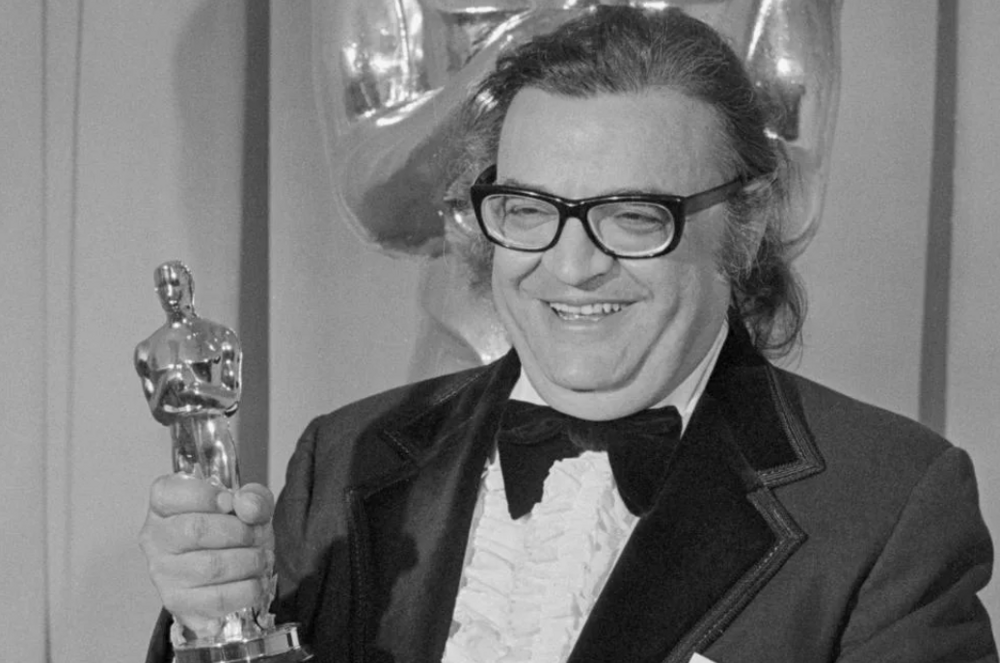
Mario Puzo
To write his book, he studied the biographies of many famous mafiosi so that he could better reveal the characters in his novel.
2. Robert Evans wanted the film not only to be about Italian-Americans, but also to be directed by an Italian-American. So, in his opinion, the film should have absorbed that same Italian-American spirit. 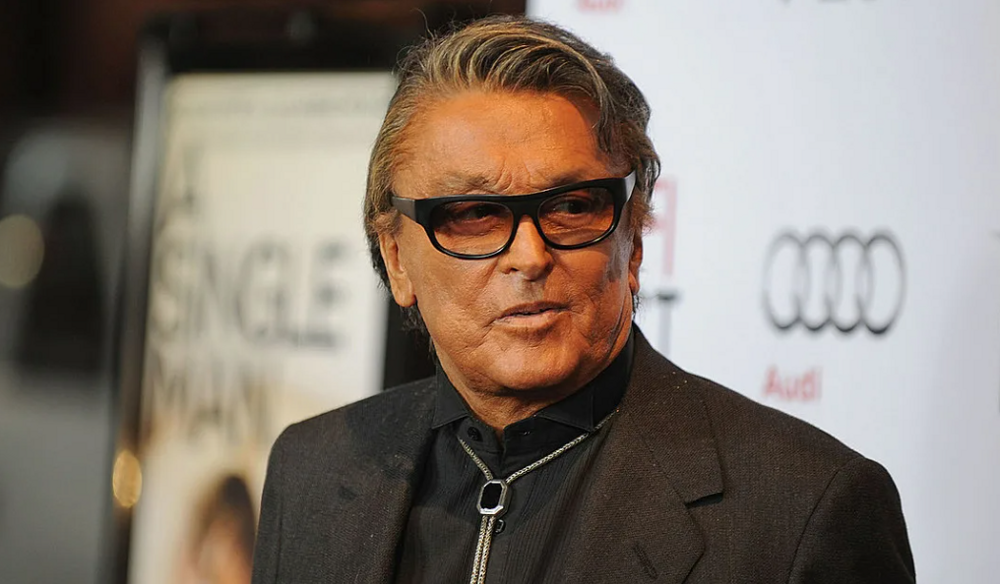
Robert Evans
The first candidate for the post of director was Sergio Leone. But he refused because he had already decided that he would make his own gangster film, Once Upon a Time in America.
The next candidate was Peter Bogdanovich. But he refused to make the film for the reason that he did not want to get involved with projects that touch on the theme of the mafia.
Other directors also turned down the director's post because they did not want to make films where the main characters would be mafiosi.
When it was Francis Ford Coppola's turn, he initially refused to participate in the filming of this film as a director, because he considered the original source (Mario Puzo's book) simply disgusting and cheap. But on the advice of his friend George Lucas, Francis Ford Coppola nevertheless agreed to become the director of the film based on the novel by Mario Puzo. 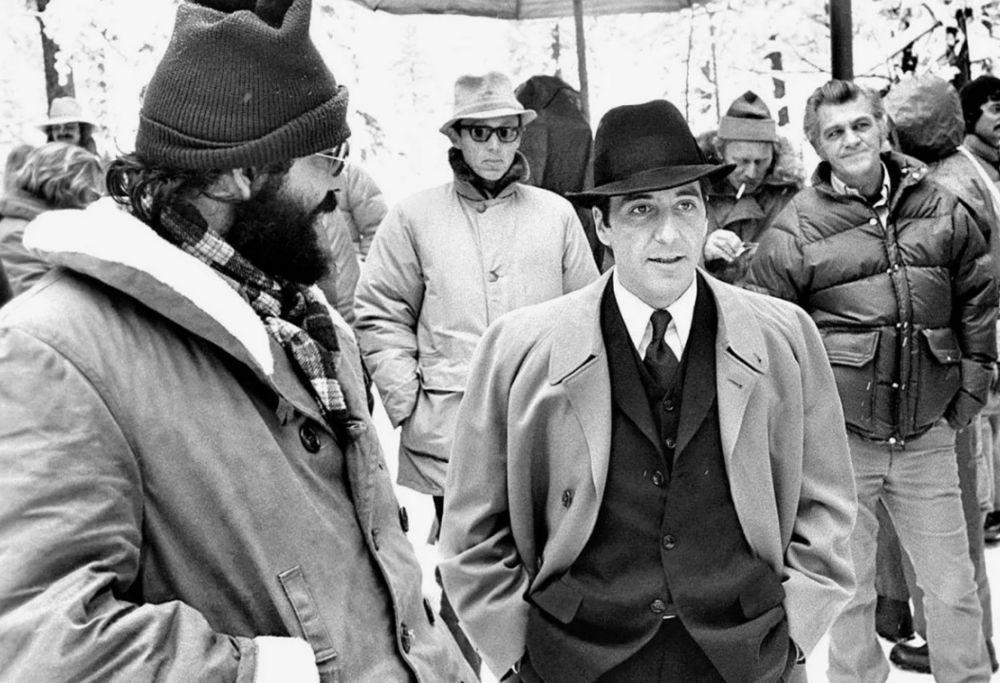
The fact is that Francis needed money to pay off his studio's debt to Warner Brothers for greatly exceeding the budget of the film THX 1138.
By the way, George Lucas not only helped Coppola with advice, but also helped him with filming and even editing.
3. When it came to casting actors for the main role of Vito Corleone, Mario Puzo immediately suggested taking Marlon Brando, since in his opinion no one could play a better godfather than Brando. But the studio bosses were against this choice. 
Francis Ford Coppola himself was not against Brando, but was still more inclined to try Laurence Olivier for the role of Don Corleone. But he could not take part in the film, as he became very ill.
Studio bosses continued to look for actors for this role, but all was unsuccessful. Well, they didn’t want to hear anything about Marlon Brando. The fact is that at that time Brando already wanted to get involved in cinema, was heavily addicted to illegal substances, and, in principle, spoke poorly of Hollywood cinema. 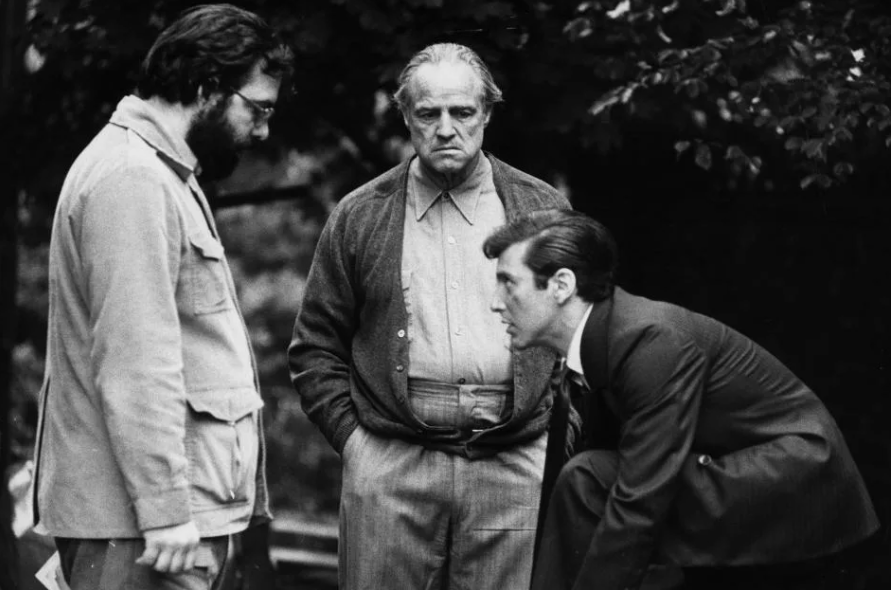
But still, Francis Ford Coppode managed to convince the producers to cast Brando in this role. And they simply had no choice anymore. But they set a number of conditions:
Brando had to post a $1 million deposit in case he disrupted filming or was delayed due to his fault;
The actor had to agree to a fee that was several times less than his usual rate;
And most importantly, Marlon Brando had to audition on a general basis. 
All these points were very humiliating for a star of such magnitude. But nevertheless, the actor agreed to all the conditions. True, there was one caveat. Francis Ford Coppola did not tell the actor about the screen test, but presented the whole thing as an improvisation on camera.
4. Before starting filming, Marlon Brando decided to thoroughly prepare for the role. For this he studiedbiography of the famous mafia boss Frank Costello. He also listened carefully to all his testimony in court. 
Frank Costello
Frank Costello was different from most other Mafia bosses in that he tried not to use bloody violence. Don Corleone was about the same (almost).
5. Robert De Niro could play Paulie Gateau. Moreover, he was practically already approved for this role. But when Al Pacino turned down the role of The Gang That Can't Shoot in favor of The Godfather, Robert De Niro turned down the role of Paulie to fill the vacant spot. 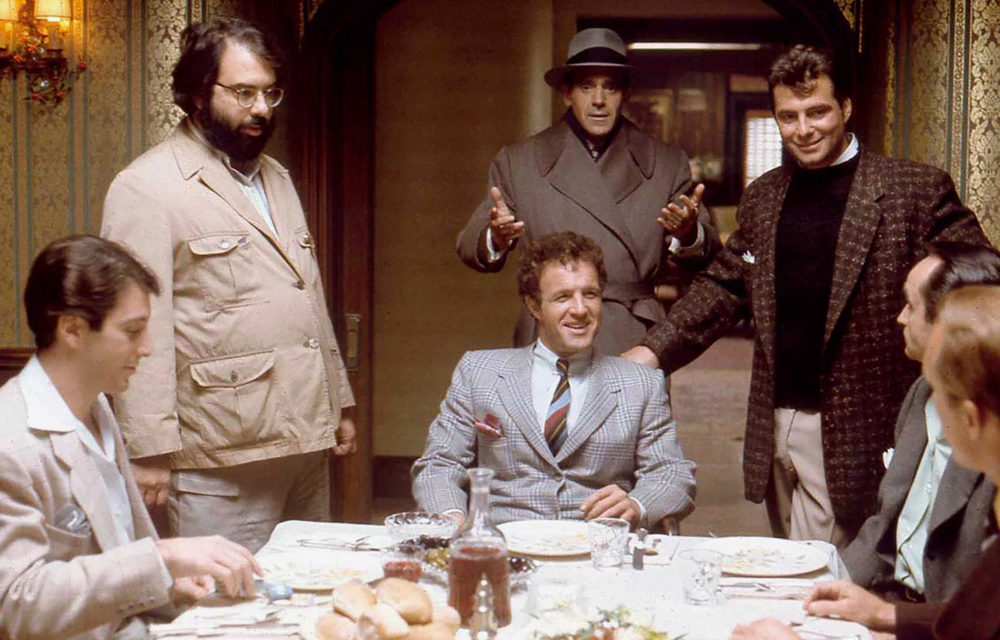
However, Robert De Niro appeared in The Godfather Part II, where he played young Vito Corleone. He even received an Oscar for this role. That is, it turned out that Marlon Brando and Robert De Niro each received an Oscar for playing the same character. True, Marlon Brando almost crashed the Oscar ceremony in 1973.
6. Some members of the Coppola family appeared in the film "The Godfather" in small roles. So in the film they played Talia Shir (sister), Sofia (daughter), Carmine Coppola (father), as well as his mother, wife and two sons. 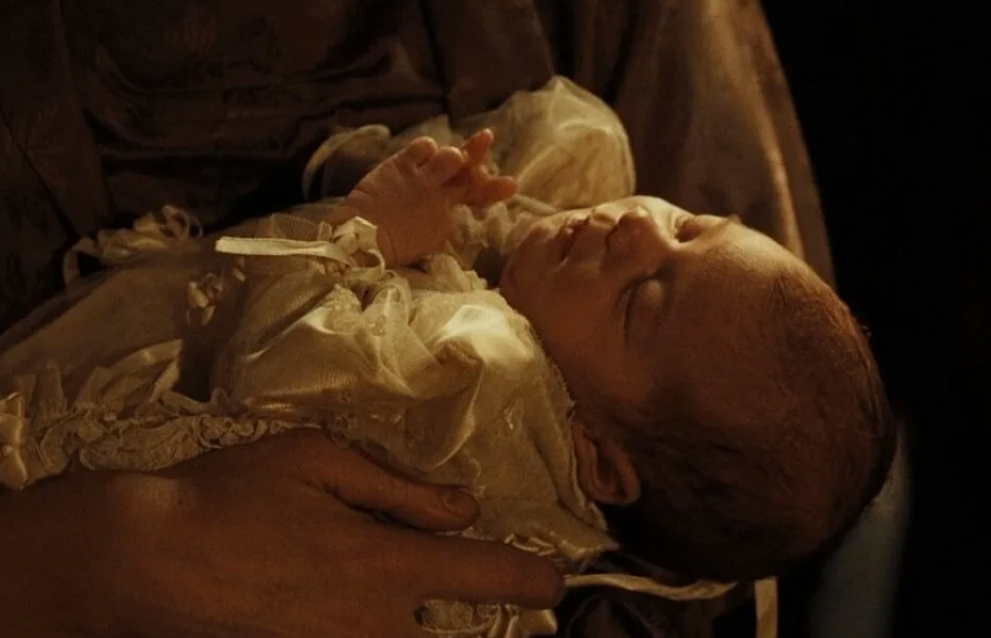
Sofia Coppola as a boy
By the way, at that time Sofia Coppola was a baby, and in the movie she played (so to speak) a boy, namely the newborn son of Connie and Carlo Rizzi - Michael Francis Rizzi. By the way, she played in all parts of the film, but in the second and third parts she already got the roles of girls, which is natural. 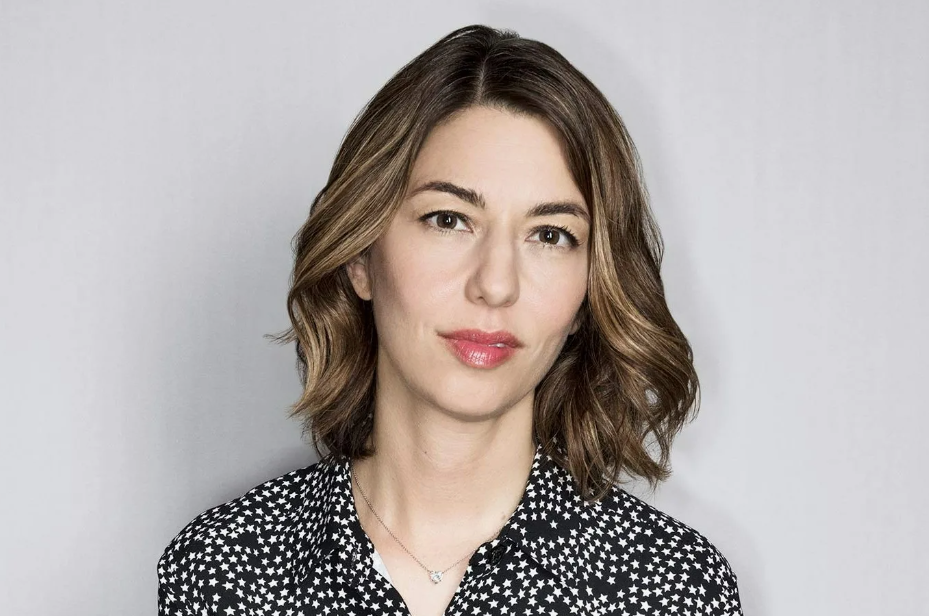
Sofia Coppola
Sofia later followed in her father's footsteps by becoming a director. It was she who made such films as “Lost in Translation”, “Marie Antoinette”, “Fatal Temptation”, etc.
By the way, did you know that actor Nicolas Cage is the nephew of Francis Ford Coppola? Nicholas Coppola decided in his youth that he simply had to break into cinema on his own. Therefore, he took the pseudonym Cage so that no one would guess that he was a relative of the cult director, and so that he would be taken to the movies only for his talent, and not for his last name.
7. The filming of “The Godfather” was almost disrupted by the real New York mafia. The head of the New York Mafia, Joseph Colombo, did not like the fact that Italians were presented as bandits and mafiosi in the film, as this could have a bad effect on all Italian-Americans. 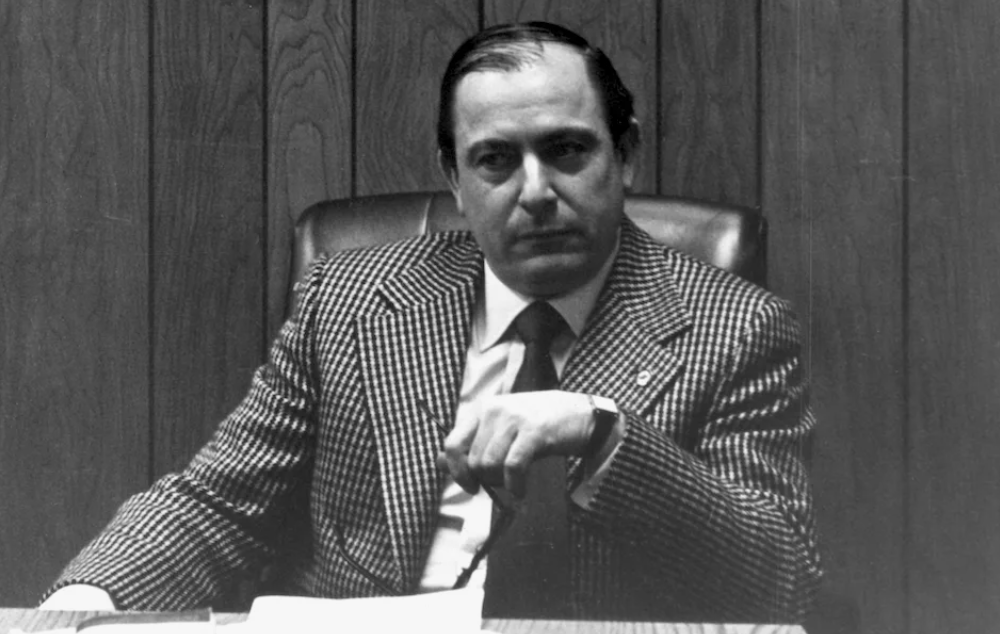
By order of Colombo, the League of Italian Americans launched large-scale rallies against the filming of The Godfather. But since this did not work for the filmmakers, they began to use more stringent measures. 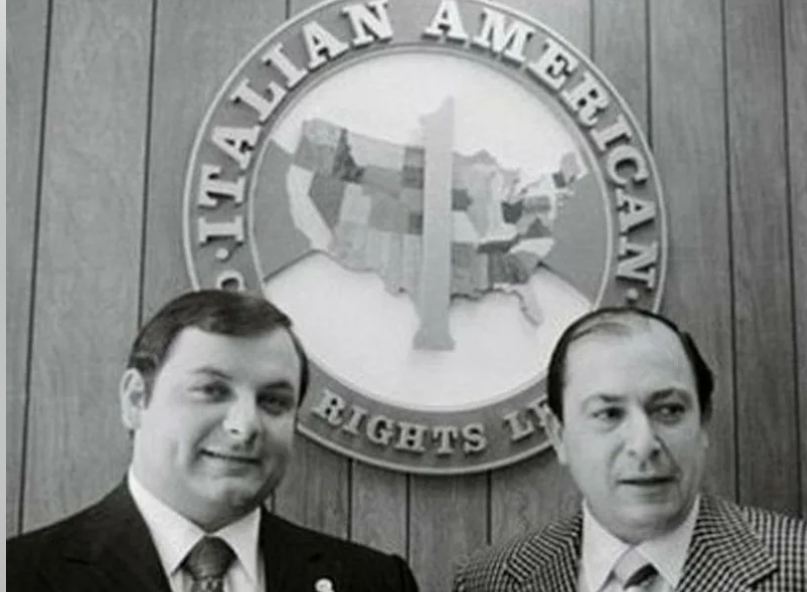
The gangsters began breaking the car windows of film producer Albert Radi and Paramount Pictures vice-president Robert Evans, and also calling them with threats. These threats were not addressed only to them. but also towards their children. 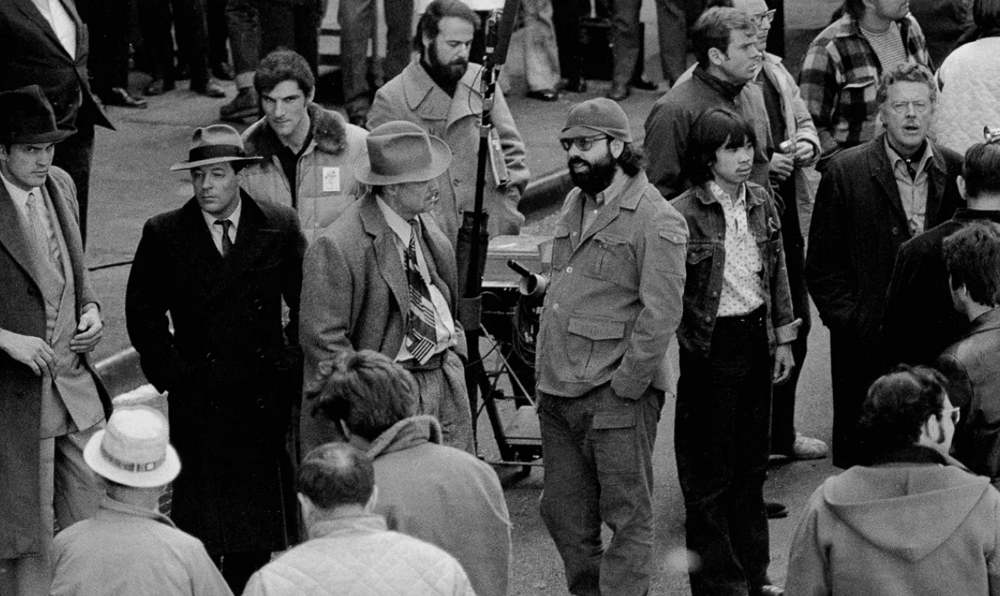
Then the film's producer, Albert Radi, offered to meet with Joseph Colombo to discuss this whole situation with him. As a result, after a long conversation, the men agreed that the word “Mafia” would not be mentioned in the film. After this, filming was resumed, and the threats and rallies stopped. 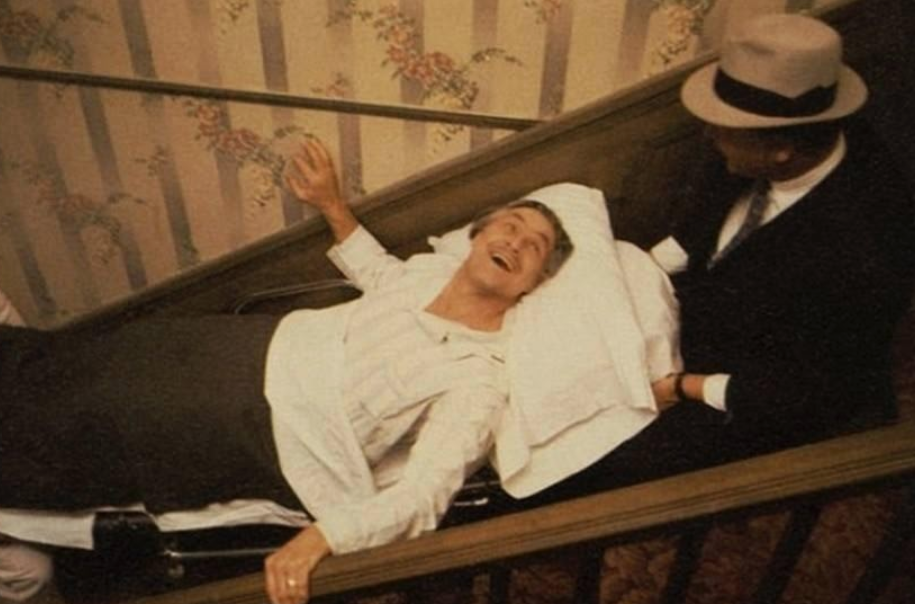
8. After the conflict was resolved, gangsters began hanging around the set. But as it turned out, this was only to the benefit of the film. One of the real gangsters from the Joseph Colombo family, named Lenny Montana, even played Don Corleone’s “right hand” Luca Brasi in the film. 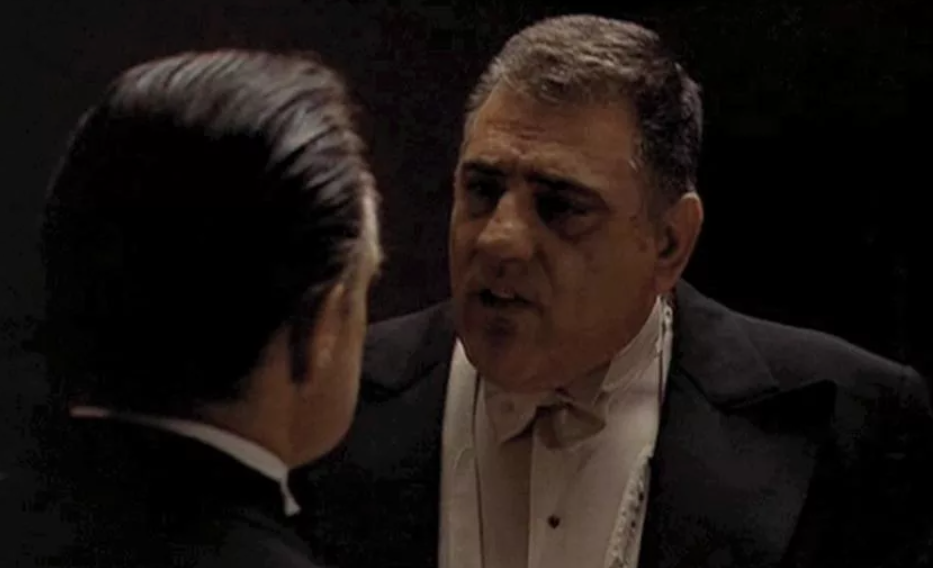
Lenny Montana was a real bonebreaker who had just been released from prison and returned to his gangster activities. Noticing him near the set, Coppola asked him to play the role of Luca Brasi, to which the gangster agreed.
And by the way, that very scene when Luca addresses Don Corleone with a stutter was not entirely according to the script. It's just that Lenny Montana was so nervous because a real movie star was standing in front of him that he began to stutter. But Coppola liked it so much that he decided to leave the scene.
8. To the film editor AramAvakian and the assistant director did not like the way Coppola worked. They even complained to Robert Evans that the director was not working well enough and it would be a good idea to fire him from this post. 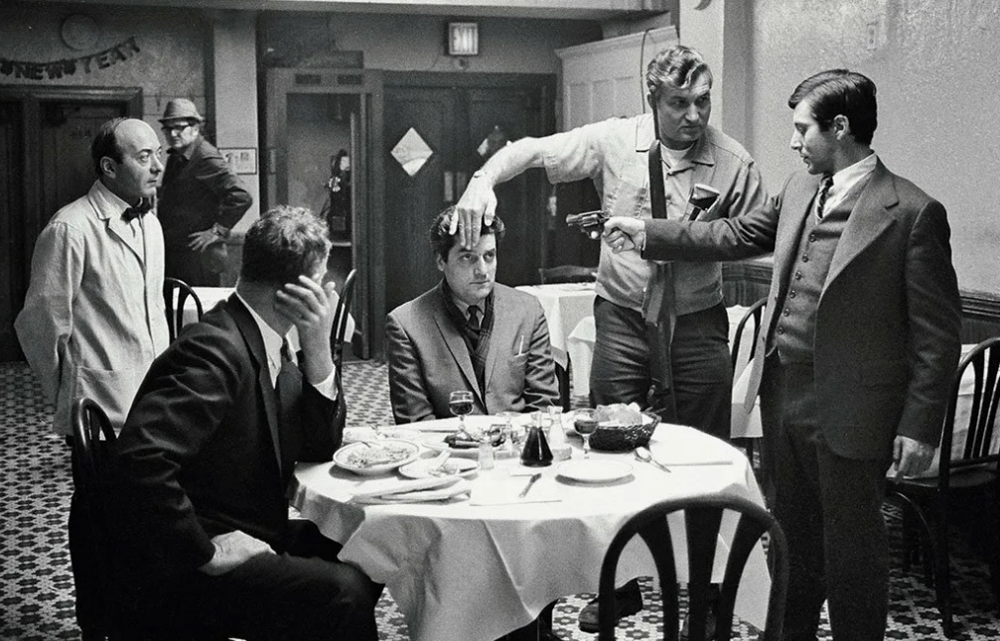
But Evans was quite satisfied with the work of Francis Ford Coppola, who worked excellently with the actors and kept within the schedule. Therefore, Evans rejected the proposal of these two spiteful critics. Instead, he approached Coppola and told him that if he was not happy with the editor and assistant, he could fire them. And Francis actually fired these two. 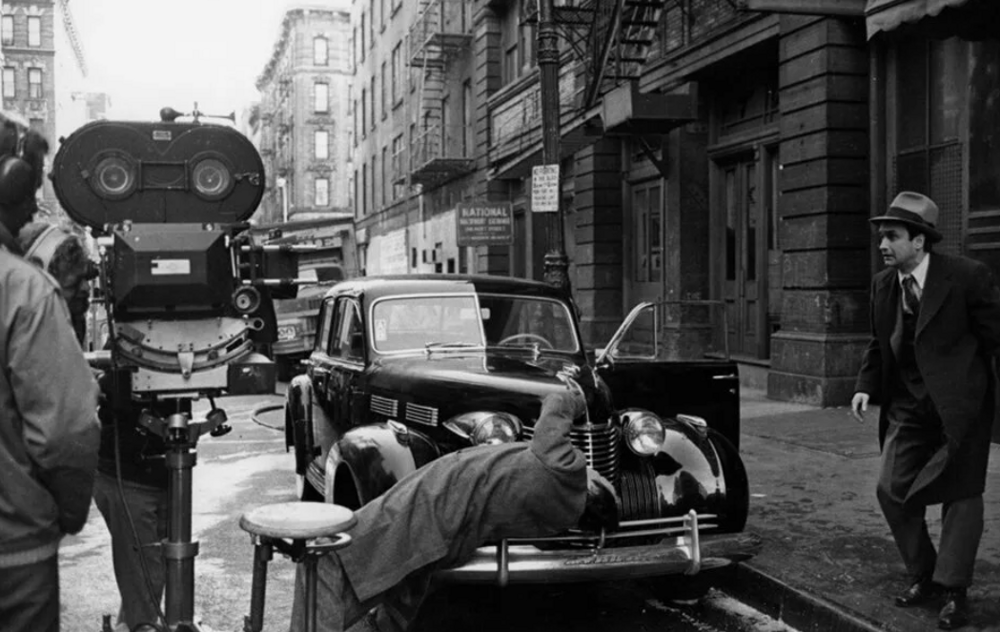
9. Actor James Caan, who played Vito Corleone's eldest son Santino (Sonny), made friends with some mafiosi, and especially with Carmine Persico, nicknamed "The Snake". Over time, Carmine Persico even became the head of the Colombo family. At the same time, their relationship with Kaan became even stronger, which is why officials even thought that Kaan himself had become a mafioso. 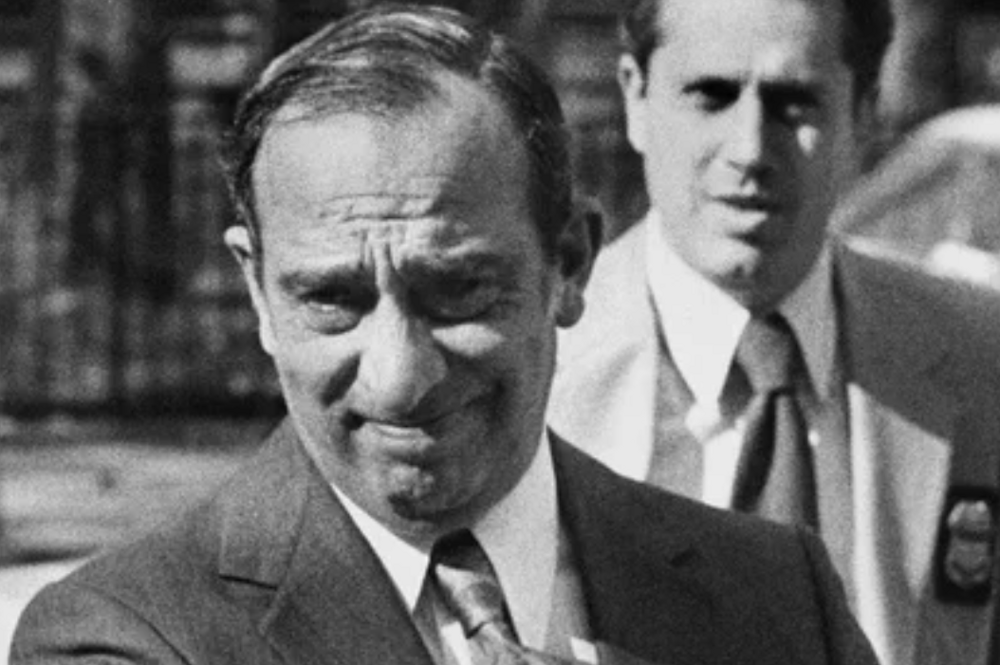
Carmine Persico
10. When it came time to film the scene with the horse's head in the bed, the producers insisted that a dummy be used. But the director didn’t like the dummy because it looked too fake.
Then he instructed his assistant to go to the slaughterhouse to get a real horse's head. And the slaughterhouse employees, who provided horse meat for the production of dog food, agreed to provide the filmmakers with the head of a real animal. By the way, the animal was not sacrificed for the sake of the film. 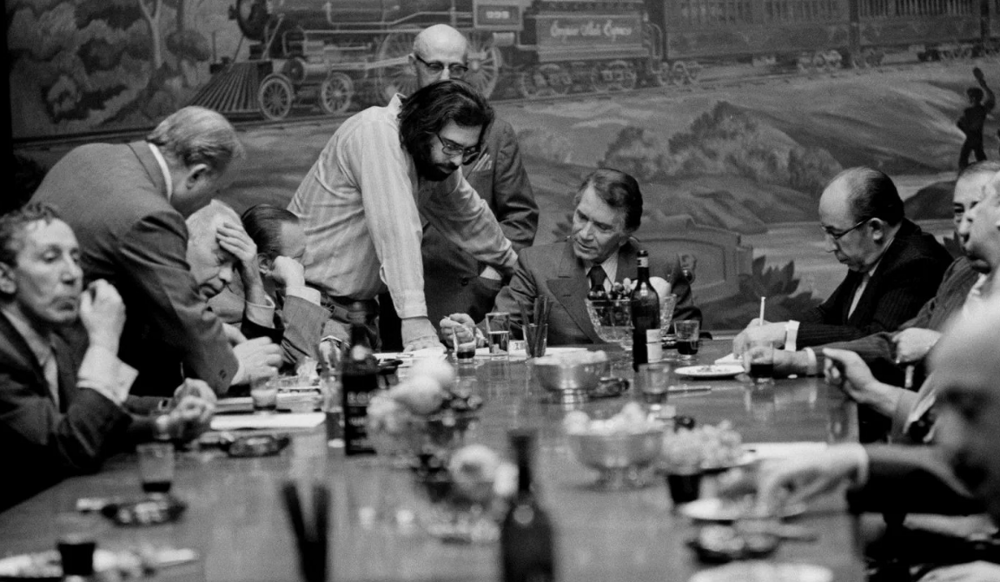
But actor John Marley, who played the head of the film studio Jack Woltz, was seriously scared when he discovered a real horse's head in the bed.
11. The same tomato sauce that we see in the frame was prepared according to the old family recipe of Francis Ford Coppola himself. 
12. To give Don Corleone his legendary bite, actor Marlon Brando had to wear a special mouth guard.
13. Many years after the film's release, Francis Ford Coppola admitted that he wanted to fire Al Pacino because he refused to act in certain scenes or deliver certain lines. The fact is that Al Pacino saw his hero in his own way, and even the director could not convince him otherwise. 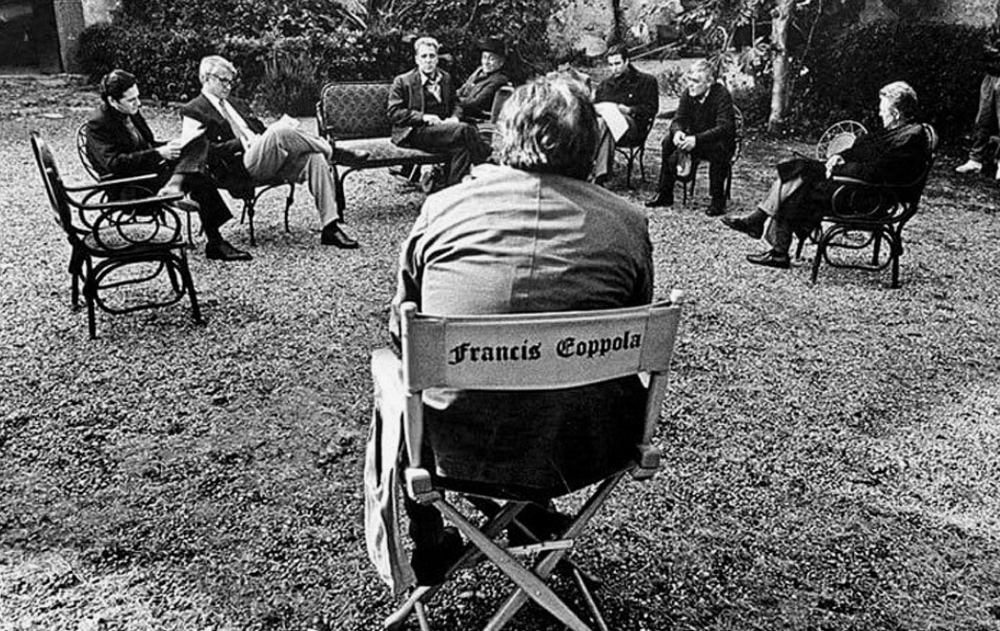
14. The scene with the cat, which Vito Corleone strokes in the frame, offering to kill a person, is one of the most striking and memorable in the film. Moreover, this scene has been parodied in many films and cartoons. 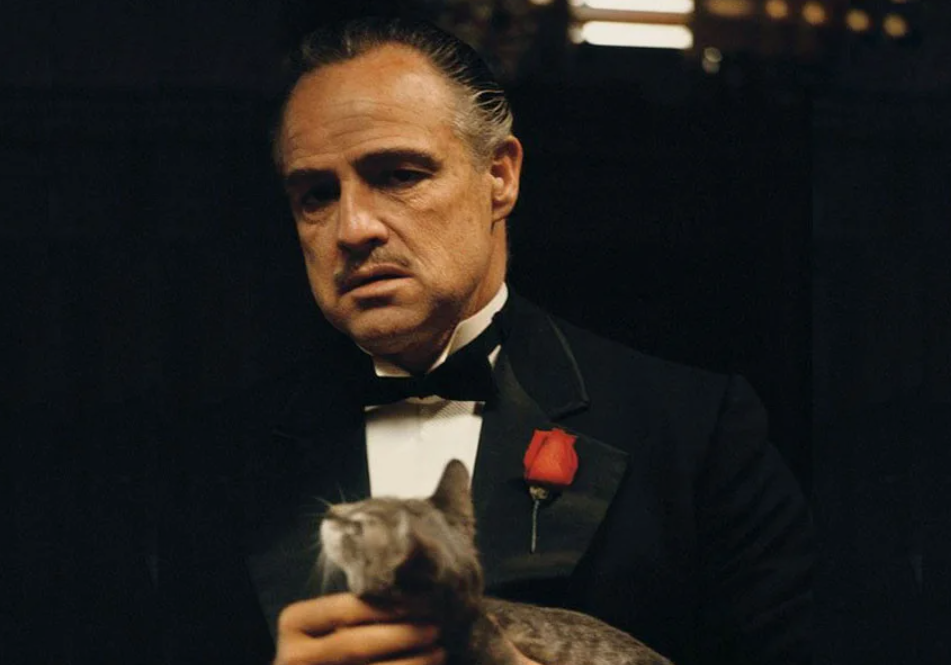
But as it turned out, this scene was not planned according to the script. The cat happened to be on the set by accident and simply jumped onto Marlon Brando’s lap, after which he began petting it. The director thought it looked very cool, so he decided to shoot the scene with the cat. And for good reason.
15. Francis Ford Coppola decided to hide a little clue in the film. If you see an orange in the frame, it means someone will die soon. 
16. Lenny Montana played the scene when his character was killed off perfectly. According to him, the scene was easy for him, because he had seen many times how people died from suffocation.
17. With a budget of $6 million, the film earned $243.8 million at the worldwide box office, which was an undoubted success. But Francis Ford Coppola thought that the film would not reach 50 million at the box office. 
18. The death of Sonny Corleone was inspired by the final scene in the movie Bonnie and Clyde. In order to depict wounds from a gunshot, actor James Kahn had to attach a considerable number of pyrotechnic charges.
19. Especially for real mafiosi, the film producers organized a secret closed screening of the film “The Godfather”. None of the members of the film crew knew about this act of the producers. 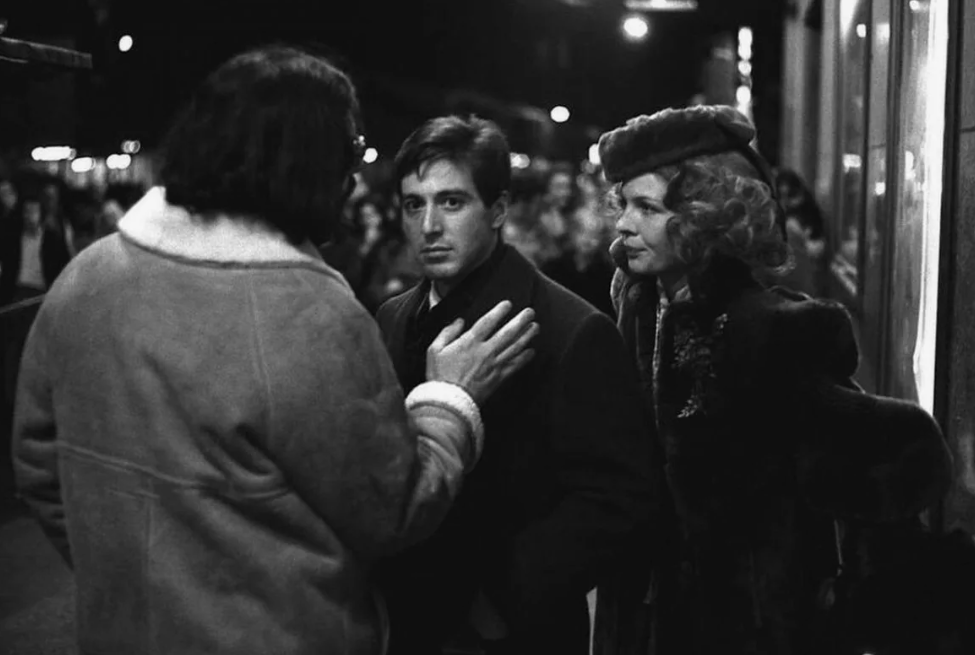
And the most interesting thing is that the mafiosi were completely delighted after watching the tape. Let me remind you that earlier they torturedto disrupt the filming of the film.
20. The film "The Godfather" had a great influence on the entire media space. Based on the film "The Godfather", two parts of the computer game of the same name were released. 
Game "Godfather 2" (2006)
Also, it was thanks to this film that the cult game “Mafia: The city of lost heaven” appeared, which to this day is among the top 3 of my favorite computer games in history. 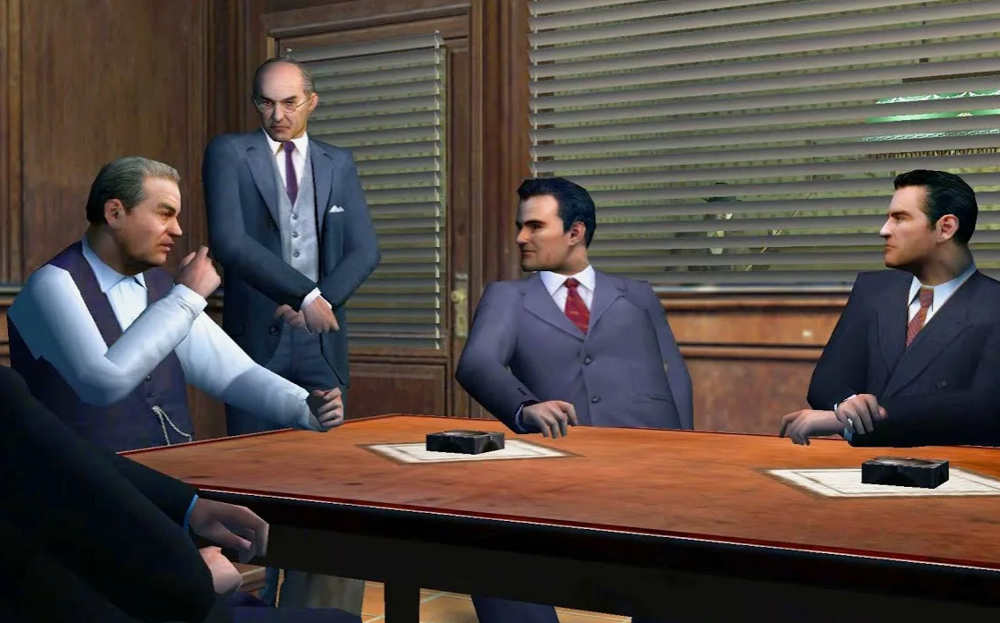
Game "Mafia: The city of lost heaven" (2002)
References to the film "The Godfather" and behavior patterns of the characters were used in many other popular films. And in 1998, Touchstone Pictures (a subsidiary of the Disney studio, which produced films for adults) released the parody comedy “Mafia!”, which was based on the film “The Godfather”. 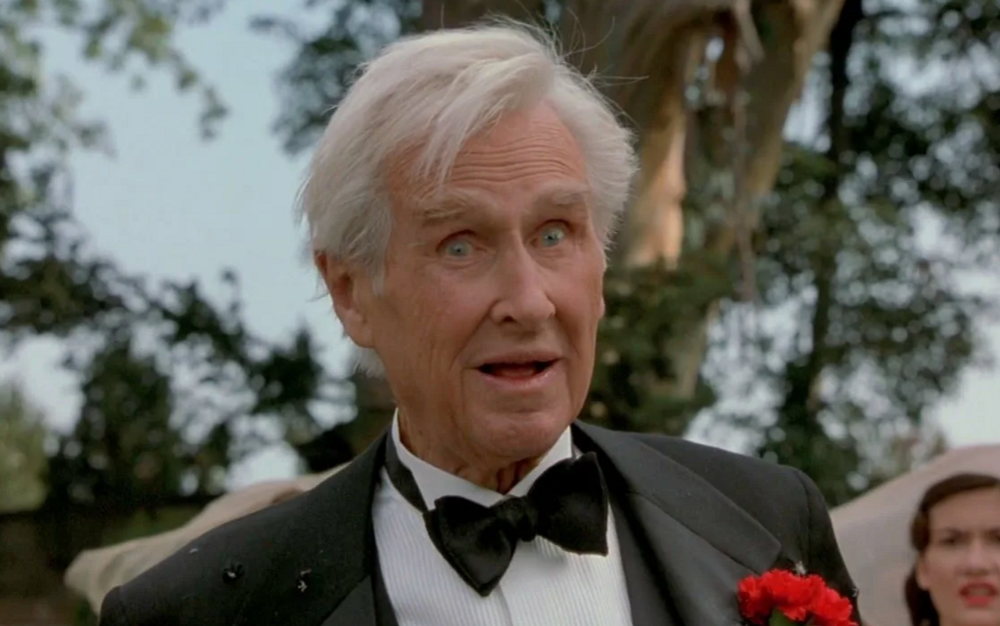
The film "Mafia!" (1998)
21. For the main role in the film “The Godfather,” the young and unknown actor Al Pacino earned only $35,000.
22. The producers told the director that the length of the film could not exceed 135 minutes, otherwise the studio would have to move the editing of the film to Los Angeles, which they really did not want. 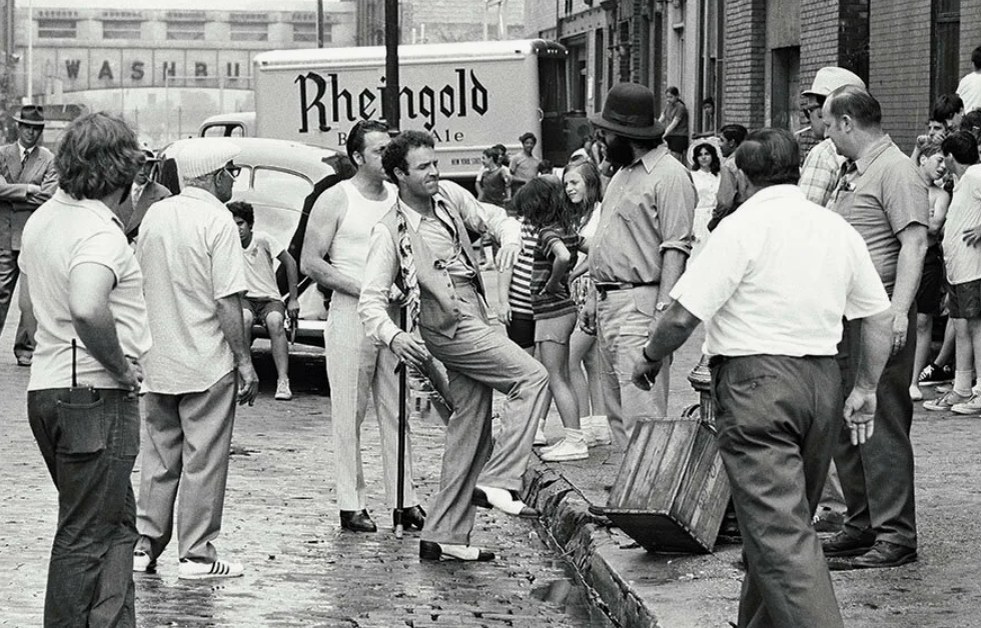
Coppola agreed to these conditions, but said that in this case the film would look more like a large trailer than a full-fledged film. Then the bosses agreed for Coppola to make a full version 